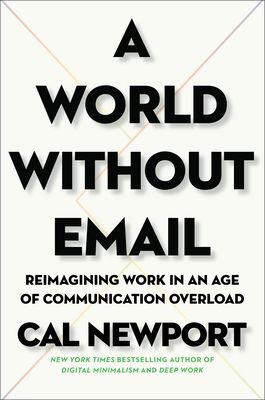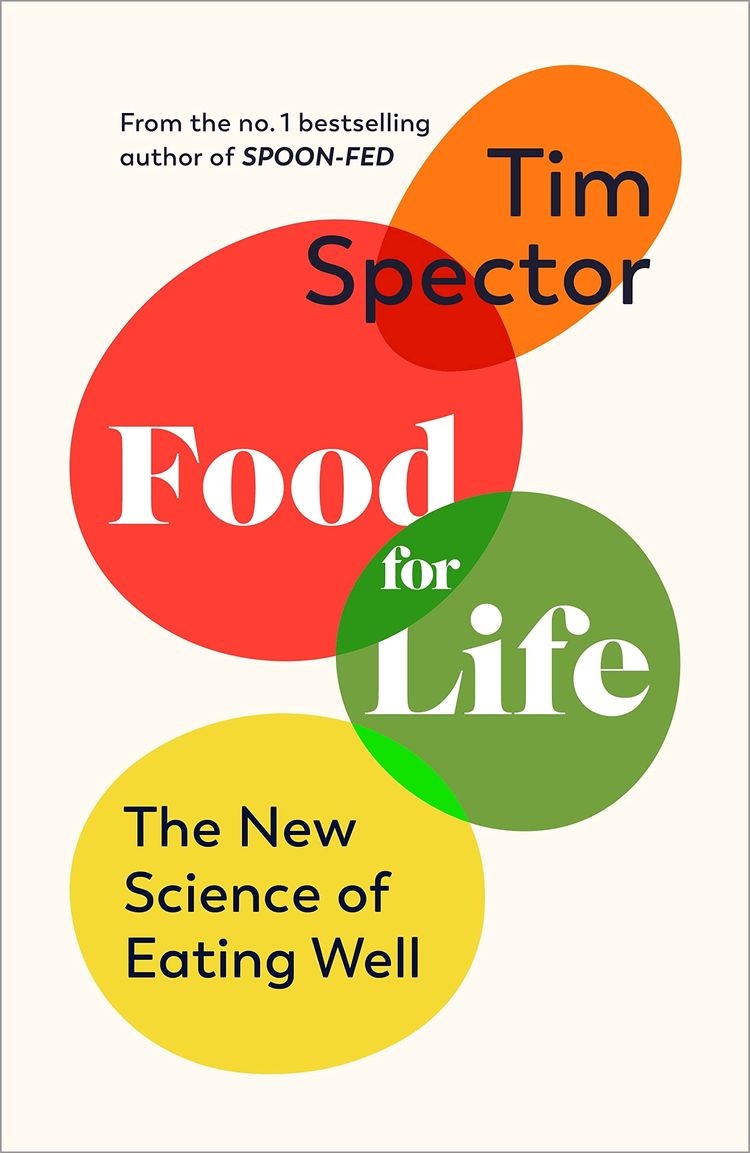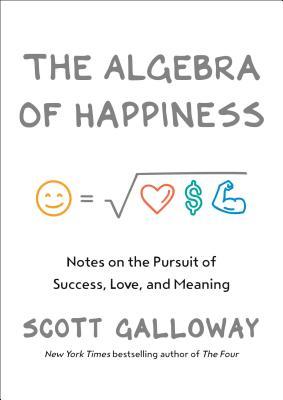A World Without Email by Cal Newport

My Rating of “A World Without Email” by Cal Newport: 7 / 10
A World Without Email is the second book I’ve read from Cal Newport. It was only a few years ago I consumed his book Deep Work (my review is here). It left me thinking about how I can narrow my focus and remove distractions when it comes to immersing myself into the world innovation and creativity. It’s important in my role, however, like most of us we are distracted by many mediums of communication. It has only become worse in the virtual world due pandemic ways of working.
Newport births the term hyperactive hive mind for those that are constantly context switching between work, comms, tasks etc. We let ourselves get taken over by asynchronous messaging and connections with people on a daily basis. I’m guilty of this like the rest of us. I’ve used some methods to reduce the impact. Some have worked and others have not.
The first section of the book focusses on making a case for why the world should use less email; in both the personal and corporate world. The second section focuses on some of the key pillars of working in a world without email. By wrapping around the concept of attention capital theory, Newports provides a number of approaches to change our relationship with email and communication apps in general. He cites multiple case studies and highlights ways of working using applications like Slack and planners that support Kanban boards. These provide more of a synchronous approach to communication which helps reduce the context switching load we bear in the asynchronous world.
What I wanted to hear more about is how you deal with applying these protocols in an organisation with a distinct communication culture. Some case studies were cited that have strict rules on how and when email can be consumed. In my world this isn’t the case. We don’t have rules setup therefore the communication approach borders on chaos at times. Newport could have spent some time in the book providing personal approaches to organisational complexity when it comes to communication. That would have helped me and many other readers I’m sure.
We are all drowning in email and virtual meetings these days. There isn’t a week that goes by without me reading about mental health and exhaustion in the workplace. This book scratches the surface on something that requires more attention in the future! It’s a good start, but I want more!
Three key takeaways from the book:
- Instead of using one catch all emails, using multiple emails has some merit. Furthermore, using emails without an associated personal name on it allows the receiver to be flexible on responding. Think brad.revell@email.com versus hello@email.com where the former has an expectation for response where the latter does not.
- Using the delete function (including notification of this to the sender) in the event you’re on vacation. Again it is harder to implement this in corporate world, however, in small businesses and individually this has merit.
- Given how we have evolved we have developed the tendency to attribute FOMA (Fear of Missing Out) if we don’t keep an eye on our communication channels. It’s a habit we need to get rid of.




